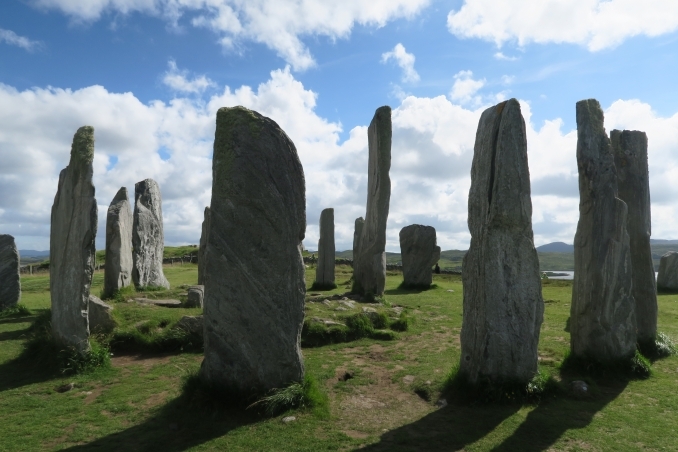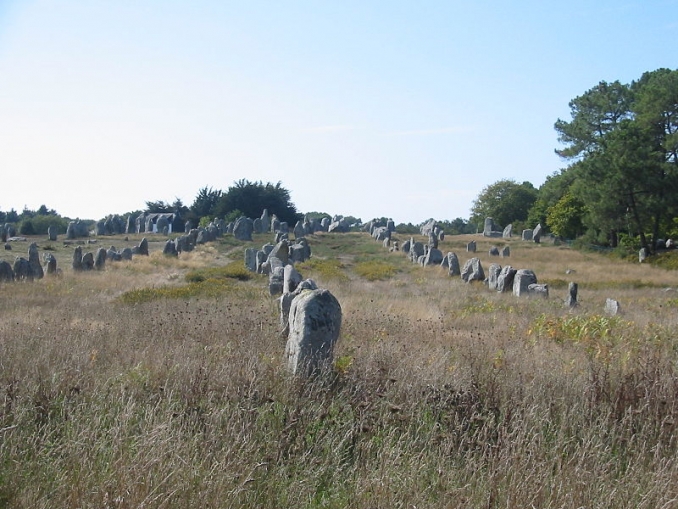Celts celebrate summer solstice 2017
Today, Wednesday 21st June, celebrations are taking place in the Celtic nations to welcome the summer solstice. The summer solstice is the longest day of the year and in the northern hemisphere it can fall on different dates from year to year between 20 and 22 June. In the southern hemisphere it is between December 20 and December 23. The winter solstice which is the shortest day of the year falls between 20 and 23 December in the north. In the Celtic homelands in 2017, this will be on 21st December.
Both the summer and and winter solstices have a particular significance to Celtic peoples. Many ancient stone monuments align to the solstices and around the Celtic world stones and tombs are placed in a way that look to the stars and capture moments of astronomical importance. The summer solstice remains a time of celebration and significance in the Celtic calendar. Stone monuments and Neolithic carvings have shown the Celts to be skilled astronomers. A geometric etching on one of the monuments on Cairnbane West outside Kells in Ireland’s County Meath suggest that the ancient Irish were the first to record a solar eclipse 5,355 years ago.
These ancient Celtic people had gathered a precise knowledge of the cosmos that must have been gained from many years of astrological study. The placement of the standing stones indicates the spiritual importance of ensuring very accurate alignments. Some of the wider belief systems involving the constellations held by our ancestors will forever be a mystery. However, the importance of the summer solstice is clear. Today ceremonies have been held at the sites of the stone monuments throughout the Celtic lands. They remain magical and very special places.







